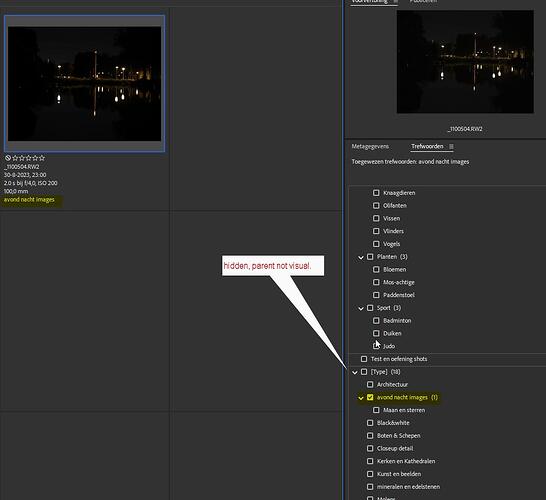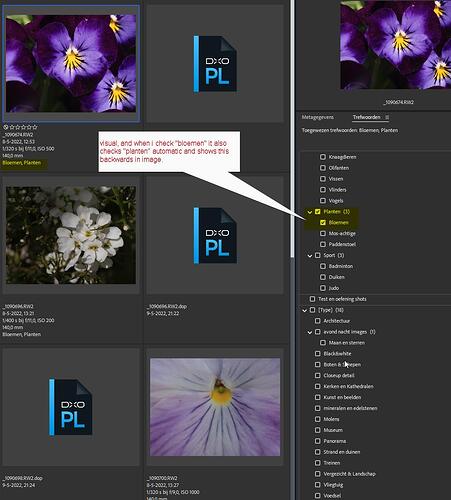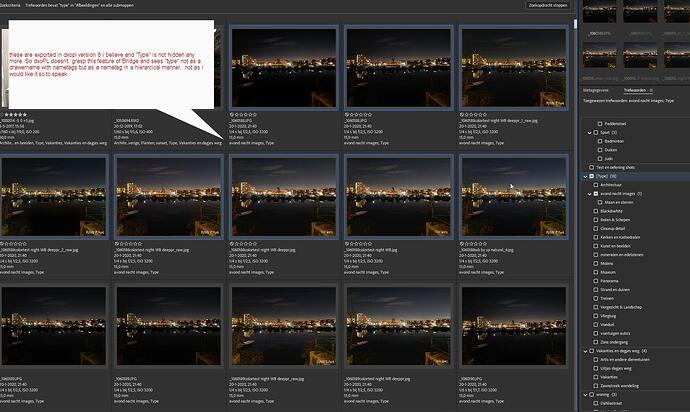search for “type” doesnt get any result (it’s only a header for a row of keywords)
Does get result because it’s a hierachical row of keywords.
BUT;
these are test files so i don’t care but for my exported archieve:
i have to clean up this keyword propertie mis writing… ![]()
easy by search for “type”, then “select all” then un check “type” done.
( best by some restriction in foldertree to have not too much images in one go.)
That’s why i manage in bridge and only add geotagging in DxO because there i can copy past Googlemaps coordinats and in bridge it doesn’t work. ( wrong type)
rest of iptc fields i manage in Bridge. ![]()


